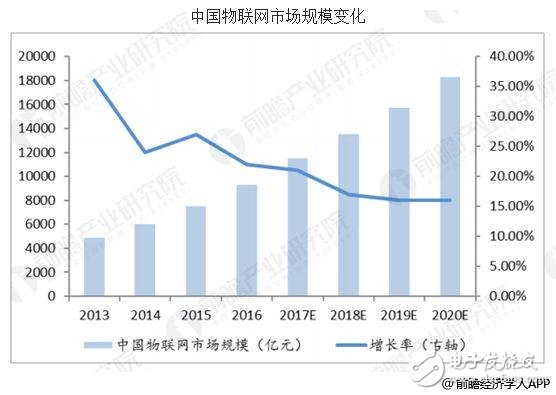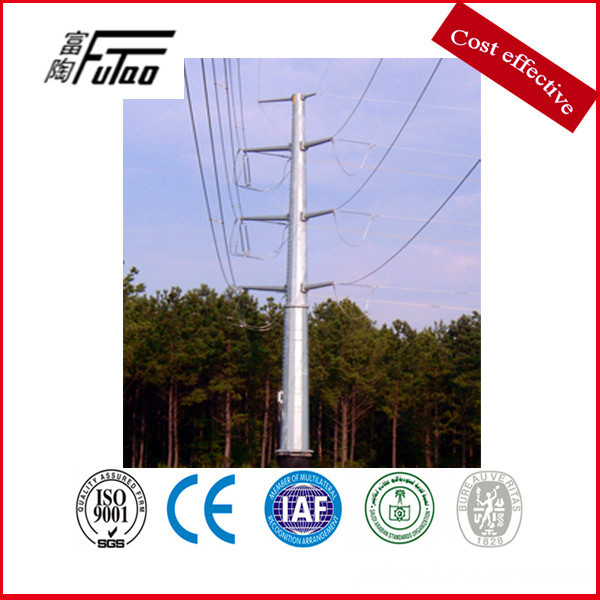Introduction: The Internet of Things integrates technologies such as intelligent sensing, identification technology, network communication and ubiquitous computing. It is considered to be the next hot spot for the development of the world information industry after computers, the Internet and smart phones.
The Internet of Things (IoT) connects information to the Internet and conducts information through radio frequency identification (RFID) devices, infrared sensors, global positioning systems, laser scanners, and other information sensing devices. A network that exchanges and communicates for intelligent identification, location tracking, monitoring, and management. The application of the Internet of Things is embodied in both industrial production and daily life. "Industrial Ethernet" as the basic device for industrial production realizes the "smart interconnection" of production equipment; smart home as the application of the Internet of Things in daily life, through smart chips Realize the “smart interconnection†of household appliances.
The Internet of Things integrates technologies such as intelligent sensing, identification technology, network communication and ubiquitous computing. It is considered to be the next hotspot for the development of the world information industry after computers, the Internet and smart phones. According to data from Juniper Research, the number of IoT connected devices in 2015 was 13.4 billion units, and by 2020 it is expected to reach 38.5 billion units. IDC expects the global IoT market to grow from $700 billion in 2015 to $1.7 trillion in 2020, a compound growth rate of nearly 20%. With the continuous development and improvement of infrastructure, the application of the Internet of Things in security, logistics, transportation and other industries is expected to continue to penetrate and popularize, and combined with data analysis to continuously improve the degree of intelligence, the market space is huge.
According to the data of the Prospective Industry Research Institute's "China Internet of Things Industry Application Market Demand and Investment Forecast Analysis Report", the scale of the domestic Internet of Things market is expanding, the industrial system is becoming more and more perfect, and government-driven projects are developing rapidly. In 2015, the scale of China's Internet of Things industry reached 750 billion yuan, a year-on-year increase of 29.3%. It is estimated that by 2020, the overall size of China's Internet of Things will exceed 1.8 trillion yuan.

Source: Prospective Industry Research Institute
With the improvement of industry standards, continuous technological advancement, and national policy support, China's Internet of Things industry will continue its good development momentum and provide new impetus for sustained and steady economic growth. The wave of expansion of mobile internet to the Internet of Everything will enable China to create greater market space and industry opportunities than the Internet.
The Internet of Things industry is one of the strategic commanding heights of the world economy and science and technology development. It has developed rapidly around the world. The United States, the European Union, Japan, and South Korea have all invested heavily in research and exploration of the Internet of Things and its applications. With the continuous attention and input at the national level, the development of the Internet of Things in the world has been on the fast track in recent years.
The Internet of Things is a fusion of communication, sensing, control, platform, algorithm, interaction and other technologies. With the continuous development of the domestic Internet of Things market, China has initially formed a relatively complete industrial chain covering chips, components, equipment, software, system integration, telecom operations, and Internet of Things services. From the perspective of the various links of the industry chain, the Internet of Things architecture can be divided into the perception layer, the network layer and the application layer.
The sensing layer mainly includes various types of chips, modules, components, terminal devices, sensors and other vendors. This layer is based on the realization of sensing functions; the network layer focuses on the realization of various efficient and secure communication networks, including telecom operators and network devices. Business, network optimizer, etc.; application layer involves the mining, storage, processing, information display, application logic control, equipment management, etc. of various industries, including solution providers, system integrators, third-party platform vendors in different industries. , telecom operators, service providers, etc.
Industry giants in countries such as Europe, the United States and Japan have made efforts to seize the opportunities of the Internet of Things and lay strategic high ground. At the same time, startups are constantly emerging under the wave of capital, and plans to subvert traditional industries have come to the fore. Overseas companies such as Qualcomm, Samsung, Honeywell, etc., through the layout of the perception layer. AT&T, Deutsche Telekom, Infineon and others participated in the construction of the Internet of Things network layer. At the application layer, Google, Oracle, Facebook and other platform services; Cisco, Dell, Hewlett-Packard, Splunk and other data storage and analysis; smart home control4, Nest and other areas continue to receive widespread attention; in other emerging areas such as smart manufacturing , wearable devices, smart security, intelligent transportation, intelligent logistics, etc., capital is also constantly influx, technology is constantly upgrading.
In China, the continually sinking Internet business model and the enthusiasm for entrepreneurship have promoted the transformation of the Internet of Things, and new areas are emerging. The University of Science and Technology News, Yuanwang Valley, New World, Neusoft Carrier, Silan Micro, etc., through the research and development of sensors, chips, intelligent identification, location services, etc., the construction of the Internet of Things sensing layer facilities. China Mobile, China Unicom, China Telecom, Huawei, ZTE, etc., provide products and services in chips, modules, access networks and core networks, and accelerate the layout in the construction of the network layer. Under the catalysis of capital and Internet, the application of Internet of Things in China is also rapidly expanding. High-Emerging, Halo New Network, Dr. Peng, Jieshun Technology, Sanchuan Wisdom, Jinka, Xintian Technology, SAIC and other enterprises are Reconstruct the original industry.
HDG poles can be designed to encircle existing structures with ease and facilitate future expansion or retrofitting. HDG steel poles are self-conducting and thus have no need for a full-length copper grounding wire, and they can either be embedded or have an anchor base, and do not require fastener retightening due to pole shrinkage.
Yixing Futao Metal Structural Unit Co. Ltd. is com manded of Jiangsu Futao Group.

Steel Pole,Steel Light Pole,Steel Power Pole,Steel Tubular Pole,HDG Steel Pole
YIXING FUTAO METAL STRUCTURAL UNIT CO.,LTD( YIXING HONGSHENGYUAN ELECTRIC POWER FACILITIES CO.,LTD.) , https://www.chinasteelpole.com